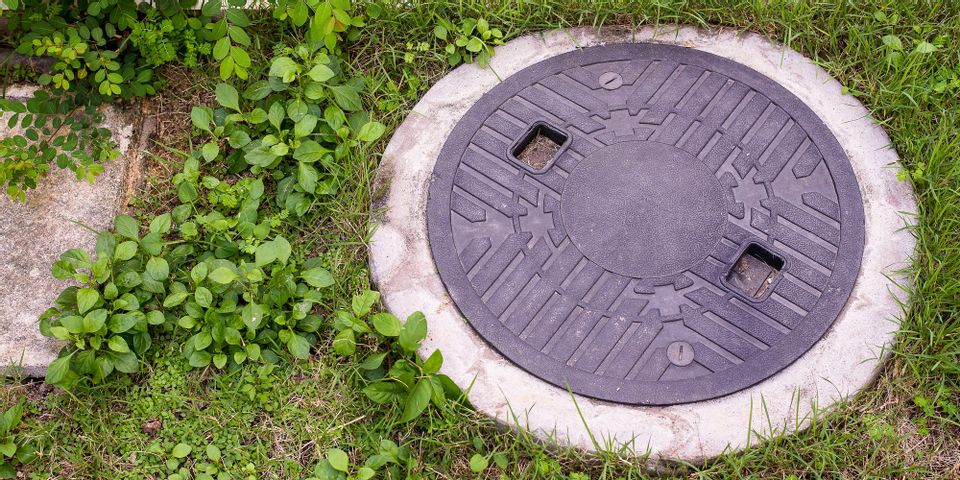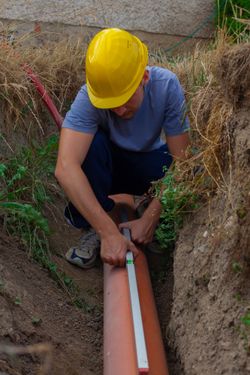
A septic system is an underground wastewater treatment method often used in areas without a central sewer system. While installation is less expensive and the process is more economical than a centralized sewer, septic systems still need proper maintenance to avoid costly septic repair. Use this guide to understand each part of your septic system, and how to properly care for it.
Pieces of Your Septic System
1. Septic Tank
 When waste leaves your house, it travels to the septic tank—a large sealed box under your home, typically made out of concrete, fiberglass, or plastic. In the septic tank, the solid waste settles on the bottom and begins partially decomposing. Oil and grease float to the top of the tank. Wastewater ends up between the solids and grease. To avoid the need for septic repair, schedule septic pumping every 3-5 years, depending on the size of your household.
When waste leaves your house, it travels to the septic tank—a large sealed box under your home, typically made out of concrete, fiberglass, or plastic. In the septic tank, the solid waste settles on the bottom and begins partially decomposing. Oil and grease float to the top of the tank. Wastewater ends up between the solids and grease. To avoid the need for septic repair, schedule septic pumping every 3-5 years, depending on the size of your household.
2. Distribution Box
Wastewater flows from the septic tank to the distribution box, where it is distributed evenly to the leach field. Your distribution box is typically placed downhill of the septic tank, so the water can flow freely. If your distribution box is cracked or tilted, you’ll notice flooding around the leach field, because the distribution box cannot evenly allocate the wastewater. Often, damage to a distribution box is caused by the ground experiencing changes in weather.
3. Leach Field
Also called the drainfield, the leach field is a group of underground perforated pipes in a bed of gravel or stone. Waste water is drained from the pipes, absorbed into the gravel, and purified of contaminants. Because the leach field is designed to absorb the water without saturating the ground, flooding above your leach field is a sign that you need septic repair.
Don’t put off septic repair—instead, call on B's Pumping Service in Lakeville, MN. From blocked toilets to septic drain field repairs, these licensed technicians are here to help. They can assess the size of your home and septic system to determine how often is should be cleaned. They also handle septic compliance inspections. Visit their website to learn more about their services, or call (952) 469-257 to schedule an appointment.
About the Business
Have a question? Ask the experts!
Send your question

